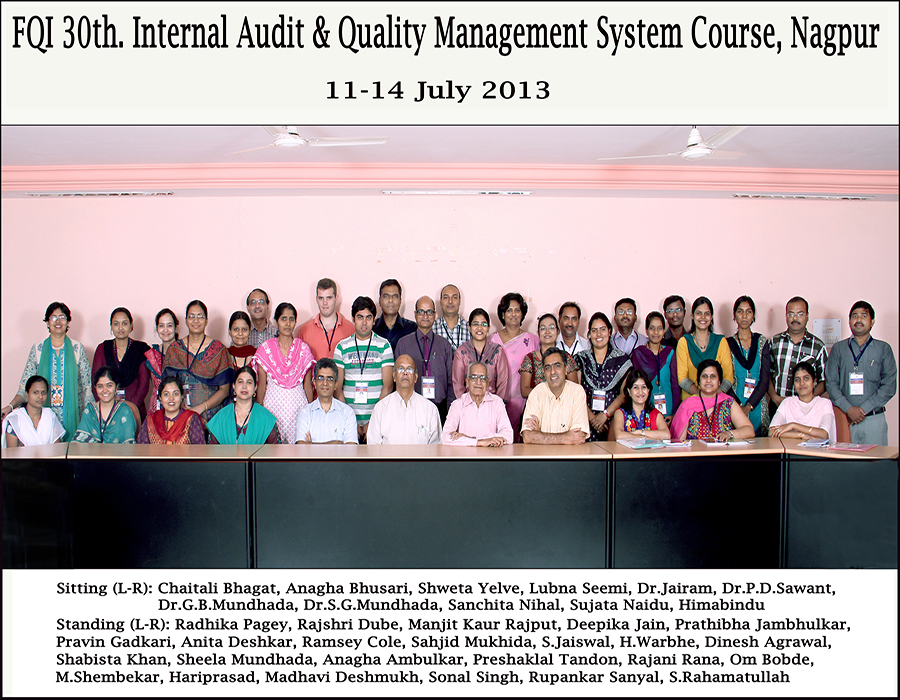


Abstract
Burkholderia pseudomallei, a gram-negative bacillus is the causative agent of Melioidosis, a glanders-like disease, primarily a disease of animals. Melioidosis has been only a rare and sporadic disease in humans outside its endemic region. Currently, diagnosis of B. pseudomallei in the clinical laboratory is very difficult, owing to low awareness of physicians to the non specific clinical manifestations, lack of responsiveness among microbiologists outside endemic areas, identification systems in the average sentinel laboratory and the biosafety conditions necessary to process these organisms. We report a case of chronic left hip joint effusion in a known case of diabetes mellitus. Gram stain of CT guided aspirate from the joint revealed gram negative bacilli along with pus cells. Culture was confirmed as Burkholderia pseudomallei on Vitek2C which was sensitive to ceftazidime and trimethoprim/sulfmethoxazole. Unfortunately, patient could not be started on appropriate antibiotics due to delay in detection and patient succumbed to severe septicemia. This case is reported to highlight importance of automated identification and sensitivity especially in non-endemic areas and unusual antibiogram of this organism for which disc diffusion method is not standardized.Dr. Craig Mullen, Prof. in Pediatrics and Immunology, University of Rochester, New York, USA.
08 Dec, 2011.1) Clostridium difficile ELISA in Stool (New Test Added)
C difficile associated diarrhoea occurs primarily among individuals who have been using antibiotics called as antibiotic associated diarrhoea. It is the most common infection acquired by patients while they are in the hospital. C. difficile spores lie dormant inside the colon until a person takes an antibiotic. The antibiotic disrupts the other bacteria that normally are living in the colon and preventing C. difficile from transforming into its active, disease causing bacterial form. Antibiotics kill these bacteria and cause C. difficile transform into its infectious form and then produce toxins that inflame and damage the colon. The toxins are immunochemically and biologically distinct. Toxin A is an enterotoxin and causes an increase in intestinal permeability with subsequent enteric fluid accumulation and diarrhea. Toxin B is a potent cytotoxin which causes rounding of cells in culture. Clostridium difficile ELISA in Stool is qualitative enzyme immunoassay (ELISA) for the detection of C difficile toxin A and toxin B in stool from patients with antibiotic associated diarrhea.
2) Salmonella typhi Antigen
3) Scrub Typhus lgM ELISA
